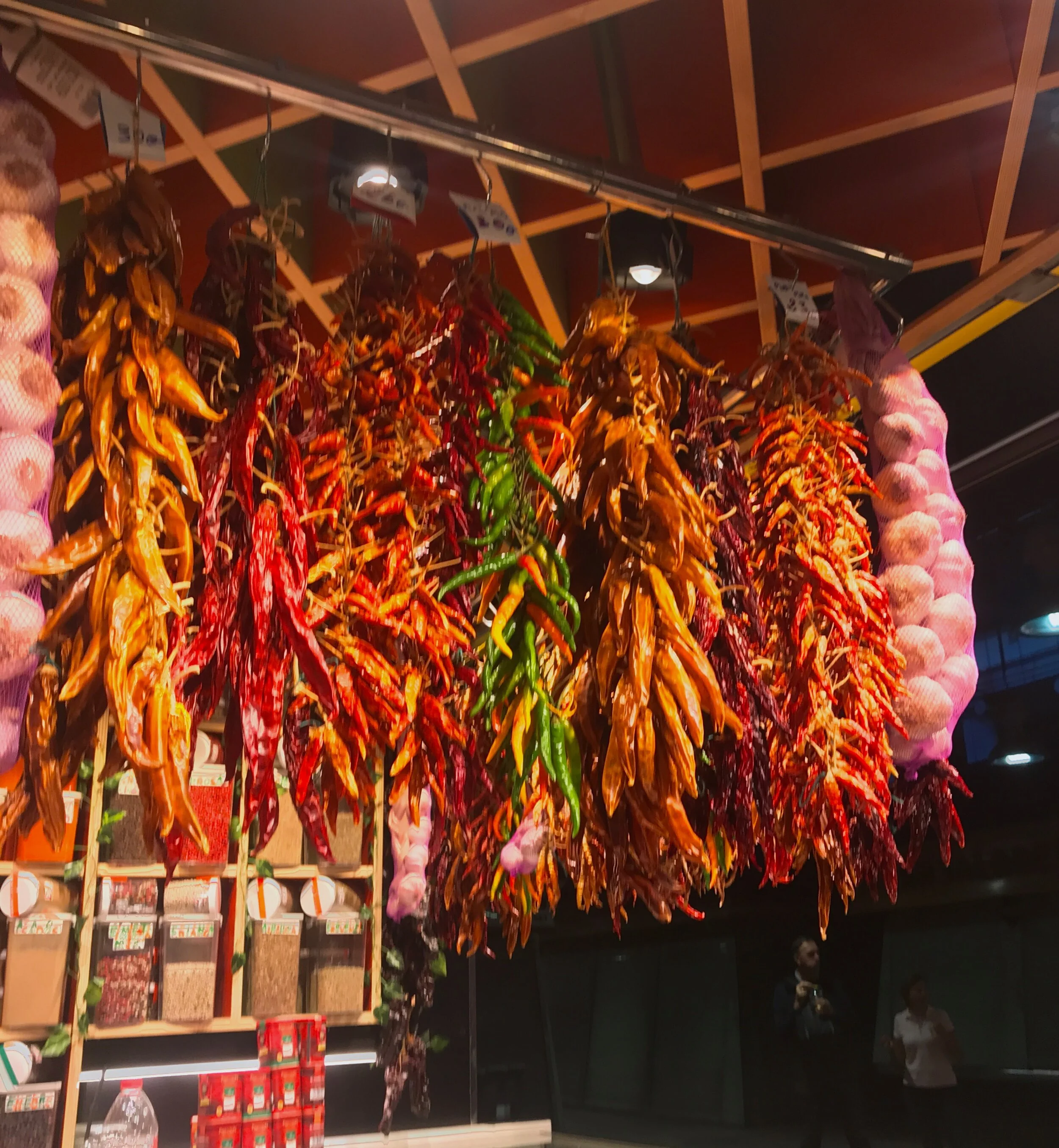Gaudí - the genius behind it all
Antoni Gaudí is a legend in the architecture world, and Barcelona is home to many of his masterpieces. A man that challenged the norms of architecture, he quickly rose to fame with his unique building styles and extensive symbolism in his work. The Sagrada Família is one of his most impressive works of art, which is still being built to this day. Construction began on the Basilica in 1882 and they hope to be finished construction in 2026 – nearly 150 years later. His design focused on nature and light, which were his 2 main sources of inspiration throughout his career. He spent 12 years dedicated to designing the Basilica and its towers before Gaudí was hit by a tram and killed in 1926, only a quarter of the way into the project.
Other notable works that Gaudi did was the Park Güell and two houses along La Rambla – Casa Batlló, and Casa Milà. You can visit all of these sites within a day in Barcelona, but it would be a full day, and it isn’t cheap to do so. You can buy tickets to each online, and it is a good idea to pre-book all of these if you want to be able to see them all. Tickets for the Gaudí sites sell out well in advance, so to avoid disappointment, get them early!
Sagrada Família
Everything in the Basilica design was carefully thought out and planned, as he used symbolism in all of his works. They have currently completed the central cathedral and have completed 8 out of the 18 towers (The 8 towers of the Passion & Nativity facades). Once complete, 12 towers will represent the 12 Apostles (creating the 3 facades), 4 towers symbolic of the Evangelists, one designated for the Virgin Mary, and the highest, central one representing Jesus Christ.
Gaudí did significant research in order to design the Basilica and its support system. The result of his research is a branched, tree-like column structure, once again, symbolic of a nature. What you will walk into is a cathedral resembling a stone forest, with expansive amounts of natural light streaming through the vault and large windows. The layout is the shape of an expansive Latin cross, created using 5 naves. Columns inside representing the trees are made of different materials – the biggest columns are made of red porphyry, a hard volcanic rock.Basalt creates the dark, somewhat smaller pillars, and granite columns supporting the lightest and outermost row of pillars in the church, are from the mountain of Montjuic, in Barcelona.
In the same way that each one of the façades is powerful symbolic, the layout of the central church is also full of symbols, very evidently inspired by light and nature. The stained glass windows were planned with colors depicting the different times of day lighting up the central nave with amazing colors and reflections. Behind the nave, in the apse, is the altar, in the light of the many windows of the apse and naves around. Every door, column, window, and almost every area has its own symbolic significance. This symbolism refers to the individual Catalan and Spanish dioceses, to the apostles, to the pronounced religious founders and saints, the sacraments and virtues, and to nature.
The oldest, Nativity façade (face or side) represents Life, with the focus on the Birth & Childhood of Jesus Christ. The façade design depicts stories with the Virgin Mary and growth of Jesus, and was intentionally designed to face the rising sun in the NE as symbolic of the birth of Jesus Christ. Gaudí was still alive to see 1 of the 4 towers completed on this façade, and the façade was completed in 1935.
The passion façade is the newest set of towers and was only recently completed in 2018. This side has a completely different look than the original Nativity. This side was designed purposely by Gaudí, and was carved from simple stone, using straight, firm lines to form boney and rigid shapes symbolic of a skeleton. He wanted to lend the idea of death and despair on this façade, showcasing the brutality of Jesus’ death, the complete opposite of the Nativity façade.
The 3rd façade once complete will be called the Glory façade, representing the Glory of Jesus and the Road to God: Death, Final Judgment, and Glory. Once complete, the Glory façade will have the tallest of the towers.
Over 5 million tourists visit the Sagrada Familia every year, making it the second attraction in the world (2nd only to the Great Wall of China). A ticket into the Sagrada Familia starts at 17€, and if you want to climb either the Passion or Nativity façade and have an audio guide or tour, goes up to 32€. They only give you an option to climb one of the two sets of towers per ticket – and you have to decide which façade to go up in advance when booking online. With 5 million a year visiting, its best to pre-book your ticket in advance to ensure you get the package that you want – and that it’s not sold out on the day you plan on visiting (a common thing in summer high season).































































































